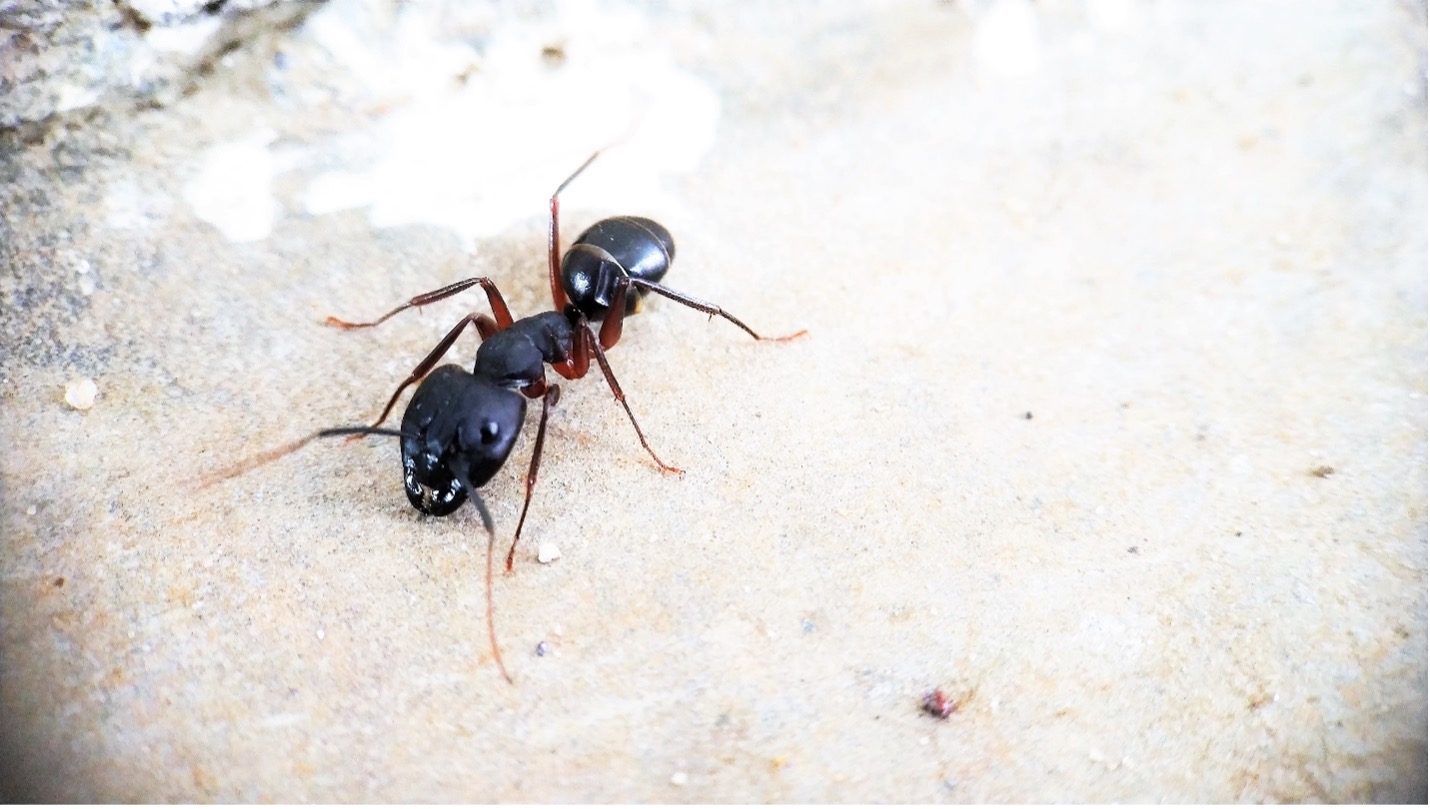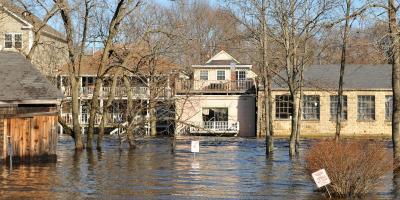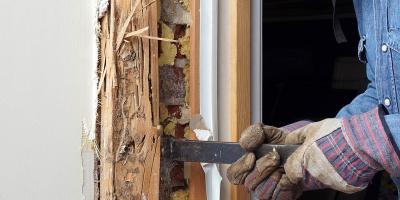Seeing Ants in the Winter: Not a Good Sign

As you may have already experienced, ants are the most common household pest in New England and are found throughout the world. While most people consider them seasonal pests, the question is, are they really? The simple answer is yes… and no.
Understanding Ant Activity
There actually is no simple answer to whether or not ants are seasonal pests, considering that there are more than 10,000 identified ant species worldwide, and not all of them qualify as household pests. For instance, when was the last time you saw a fire ant inside your home here in New England?
Those of us residing in this region of the country are more apt to see common ant pest species like odorous house ants and pavement ants, which are seasonal; however, carpenter ants are quick to become year-round pests if they decide to nest inside your home.
In fact, carpenter ants are among the most troublesome structural pest in New Hampshire. What makes them so troublesome is that it is common for homeowners to host an entire colony of carpenter ants without ever knowing it because carpenter ants are masterful at staying out of sight.
Carpenter Ants: A Case of Mistaken Identity
Don’t let their name fool you: Carpenter ants are a destructive force when it comes to the structural integrity of your home. They are called carpenter ants because they smooth the wood in their nests similar to a carpenter sanding a surface on a finished piece of furniture.
Often mistaken for termites, carpenter ants can be just as problematic and require professional pest management to effectively eradicate an infestation.
Unlike termites, carpenter ants do not eat wood; however they bore through it in order to build their nest, also known as galleries where they raise young carpenter ants; this behavior results in damage similar to a termite infestation.
Carpenter ants keep out of sight and are attracted to moisture, particularly any areas that have suffered a leak or an accumulation of condensation; for instance, around showers, sinks, dishwashers, bathtubs, or even tucked behind bathroom tiles. No matter what, carpenter ants need access to a reliable water source. (This is the key to preventing them).
Damaged or decayed wood is a prime target for carpenter ants, which is why they are also often found beneath roofing or subfloor insulation, even hiding in beams and wall voids. It’s important to recognize that the moist wood is only where they start building their nests and they will tunnel through perfectly good, dry wood in order to continue building for the colony.
The amount of damage your home might suffer due to a carpenter ant infestation really depends on how long the infestation has gone undetected. Given that carpenter ants don’t slow down during the cold months – (because why would they when they’re snug and warm inside your walls?) it’s important to be vigilant and aware of any signs signaling their presence.
Carpenter Ants: Clues that It’s Time to Call the Pest Pros
The best way to recognize an infestation is simply to be vigilant: If you see even one or two ants, especially in the winter, recognize it as a sign of a larger infestation.
Why is this the case? Simply because a typical carpenter ant colony contains between 10,000 - 20,000 workers; larger colonies can feature populations upwards of 50,000. Despite the ‘lone wolf’ persona that single ants give off when they spread out in search of food, know that they are very social insects and never work alone; most will never leave the boundaries of their hidden colony their entire life.
In addition to ant sightings, you might also notice coarse sawdust that has accumulated beneath one of the initial entry spots to a tunnel; this is the debris resulting from their sanding efforts, which can also include bits of insulation and even insect parts.
Since these are typically the only two visible signs pointing to an infestation, it’s easy to see how much damage can take place behind the scenes, quite literally.
That’s why if you do see a carpenter ant, particularly during the wintertime, it’s crucial that you enlist the help of pest management professionals who have the tools, skills, and proven strategies to find the nests, both indoors and outdoors, to get rid of them for good.
In addition to trusting the pros with any carpenter ant problems, regular home inspections are a great investment for a smart homeowner by helping prevent and catch recurrences early and before further damage can be done. Learn more about this option here.



